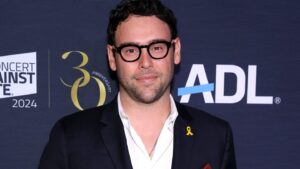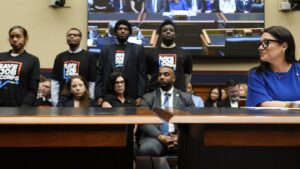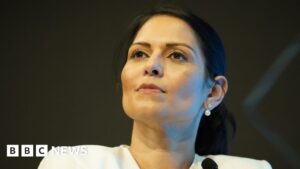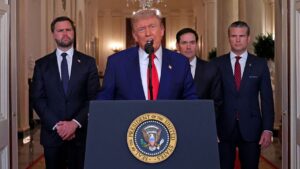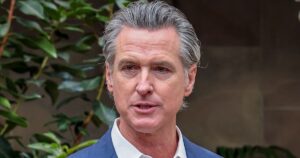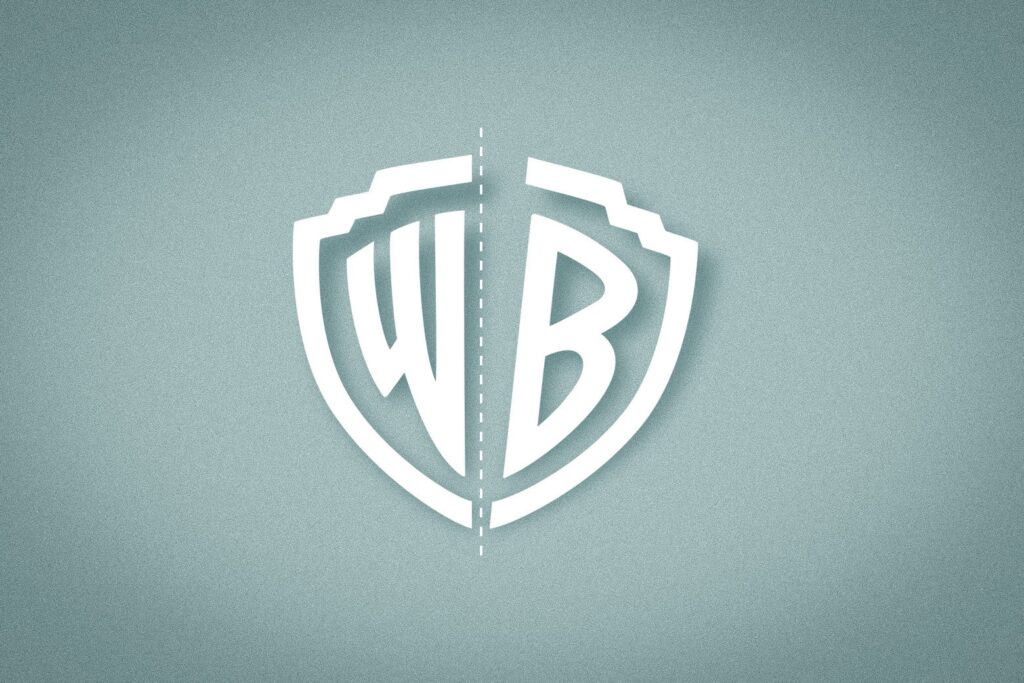
Warner Bros. Discovery’s weekend seemed poised for triumph, as the company orchestrated a historic live telecast of the Broadway play Good Night, and Good Luck. This event, broadcast on CNN and streamed via HBO Max, marked the first time a Broadway play was aired live on American television. However, the celebration was short-lived. On Monday, CEO David Zaslav and CFO Gunnar Wiedenfels announced a significant corporate restructuring that would see the media giant split into two separate companies by summer 2026.
This unexpected move comes just three years after the merger of WarnerMedia with Discovery Inc., a deal that had brought a vast array of intellectual properties under Zaslav’s leadership. The new structure will form two entities: Streaming & Studios, led by Zaslav, encompassing Warner Bros.’ film and television properties, HBO’s services, and the DC Studios library; and Global Networks, headed by Wiedenfels, which will manage cable assets such as CNN, Discovery, and Turner Classic Movies.
The Implications of the Split
The decision to divide Warner Bros. Discovery raises questions about Zaslav’s leadership and the future of American cultural heritage. Zaslav, who led Discovery Communications for 16 years before the merger, now relinquishes control over Discovery’s assets, just two years after attempting to integrate HBO and Discovery properties online. This reversion suggests a miscalculation in the original merger strategy.
Moreover, Zaslav’s recent comments about a potential second Donald Trump presidency and its impact on media deals have added to the uncertainty. His optimism for a favorable business environment under Trump contrasts sharply with the economic volatility that has followed, particularly affecting WBD’s revenue from China and leading to cuts in employee perks.
Challenges in the Media Landscape
Zaslav’s strategy has faced scrutiny, especially as he navigates the complexities of the media industry. The decision to separate CNN from HBO, despite their recent collaboration, highlights a shift away from consolidation. This move aligns with broader industry trends, as seen with Paramount and Comcast’s recent restructuring efforts.
However, Zaslav’s approach has been criticized for its impact on WBD’s portfolio. The removal of classic titles from HBO Max and the sale of international cable channels have raised concerns about the preservation of cultural content. Additionally, Zaslav’s handling of sports rights, particularly the NBA, has been contentious, resulting in a loss of domestic broadcast rights to competitors like Disney and Amazon.
Expert Opinions and Future Prospects
Industry experts are divided on the implications of Zaslav’s decisions. Some argue that focusing on a more streamlined media group could enhance efficiency, while others worry about the erosion of cultural assets. The fate of Warner Bros.’ film and TV divisions remains uncertain, with Zaslav’s focus on intellectual property and controversial decisions, such as bidding for Ryan Coogler’s Sinners, drawing mixed reactions.
As WBD navigates this transition, the question remains whether Zaslav can successfully steer the company through these turbulent times. The split not only reflects the challenges of media consolidation but also underscores the broader impact on American culture.
Looking Ahead
The restructuring of Warner Bros. Discovery is a significant moment in the media landscape, with far-reaching implications for the industry and American culture. As Zaslav and Wiedenfels lead their respective companies into the future, the focus will be on how they manage the legacy of this media giant and adapt to the evolving demands of audiences worldwide.
For now, the future of Warner Bros. Discovery remains uncertain, with the potential for further changes and challenges on the horizon. As the company embarks on this new chapter, the world will be watching to see how it navigates the complexities of the modern media environment.
